Inspecting the floor
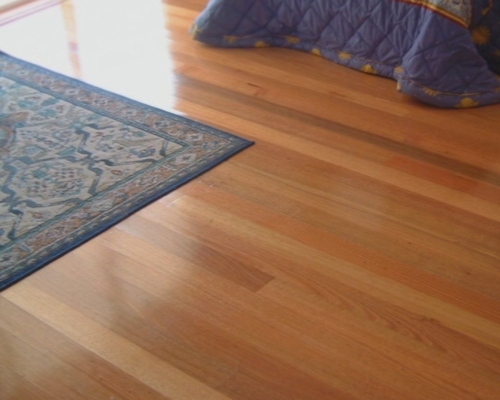 Audio for slide 1 (mp3 |6|KB)
Audio for slide 1 (mp3 |6|KB)
Some imperfections are only visible when the light is directly on them.
Others become less visible and can even disappear as the floor progressively wears under normal usage.

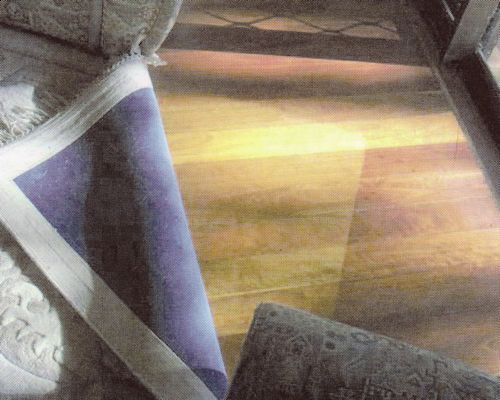 Audio for slide 2 (mp3 |6|KB)
Audio for slide 2 (mp3 |6|KB)
If the client is unhappy with the appearance of their newly finished floor, your first response should be to look at the floor with them and discuss their concerns.
Be polite and understanding, and don't try to argue with them or tell them that they're wrong.
If you can't convince the client that the issues troubling them will diminish and become more acceptable over time, you may need to call in a professional inspector.
In this case, an independent expert will look at the floor and provide a formal report on any problems.

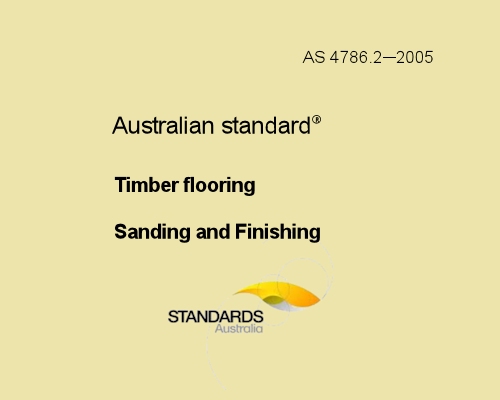 Audio for slide 3 (mp3 |6|KB)
Audio for slide 3 (mp3 |6|KB)
It includes an appendix which provides guidance on how to inspect a finished floor and what to look for when assessing its quality and acceptability.
However, AS 4786 does not provide precise specifications on individual imperfections.
Instead, it says that: 'assessment relies on judgement, and the outcome will vary from situation to situation'.
Below are some tips on how to inspect a floor's finish once the project has been completed.

 Audio for slide 4 (mp3 |6|KB)
Audio for slide 4 (mp3 |6|KB)
Carrying out an inspection
The quality of a finished floor should be evaluated in terms of what the homeowners or occupiers will see under normal conditions.
It's best to carry out your inspection during daylight hours with the internal lights turned on.
Curtains and blinds should be in their usual position.
Stand in various locations that residents are likely to be in, and take into account the light reflections in areas that are not obscured by fixtures or furniture.

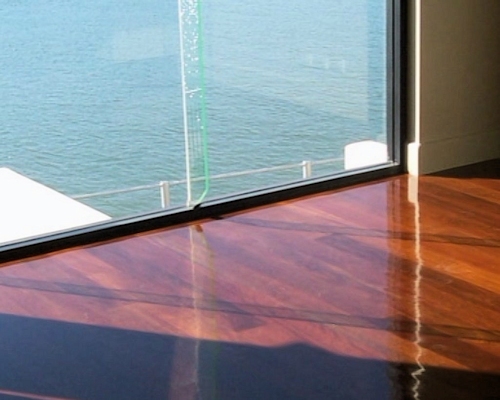 Audio for slide 5 (mp3 |6|KB)
Audio for slide 5 (mp3 |6|KB)
This especially applies to hallways with harsh down lights and floor areas that face glass sliding doors with daylight outside.
Consider the effect of foot traffic over time and the likely positioning of furniture and rugs.

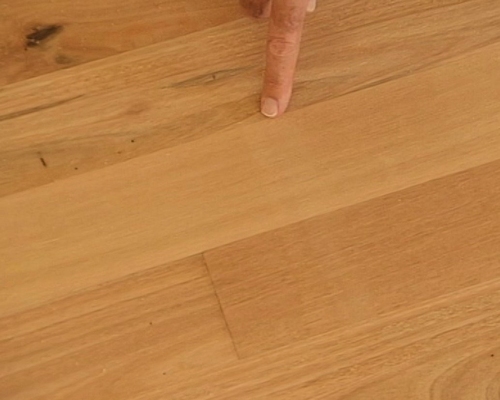 Audio for slide 6 (mp3 |6|KB)
Audio for slide 6 (mp3 |6|KB)
Minor imperfections, such as slight sanding marks or small depressions in the finish at the edges of boards and in nail holes are generally acceptable.
These imperfections are likely to be more common in corners and other areas that are awkward to access.


Learning activity
Audio 7 (mp3 |6|KB)Have you got access to a copy of AS 4786? If you don't have your own, ask your trainer or boss to lend you a copy.
Alternatively, you can purchase the document via the Standards Australia website
Have a look at the different sections in the document. In particular, read through the 'Assessment of quality of finish' in Appendix B.
What are the main suggestions on how to inspect the floor, and the conditions under which it should be inspected?





